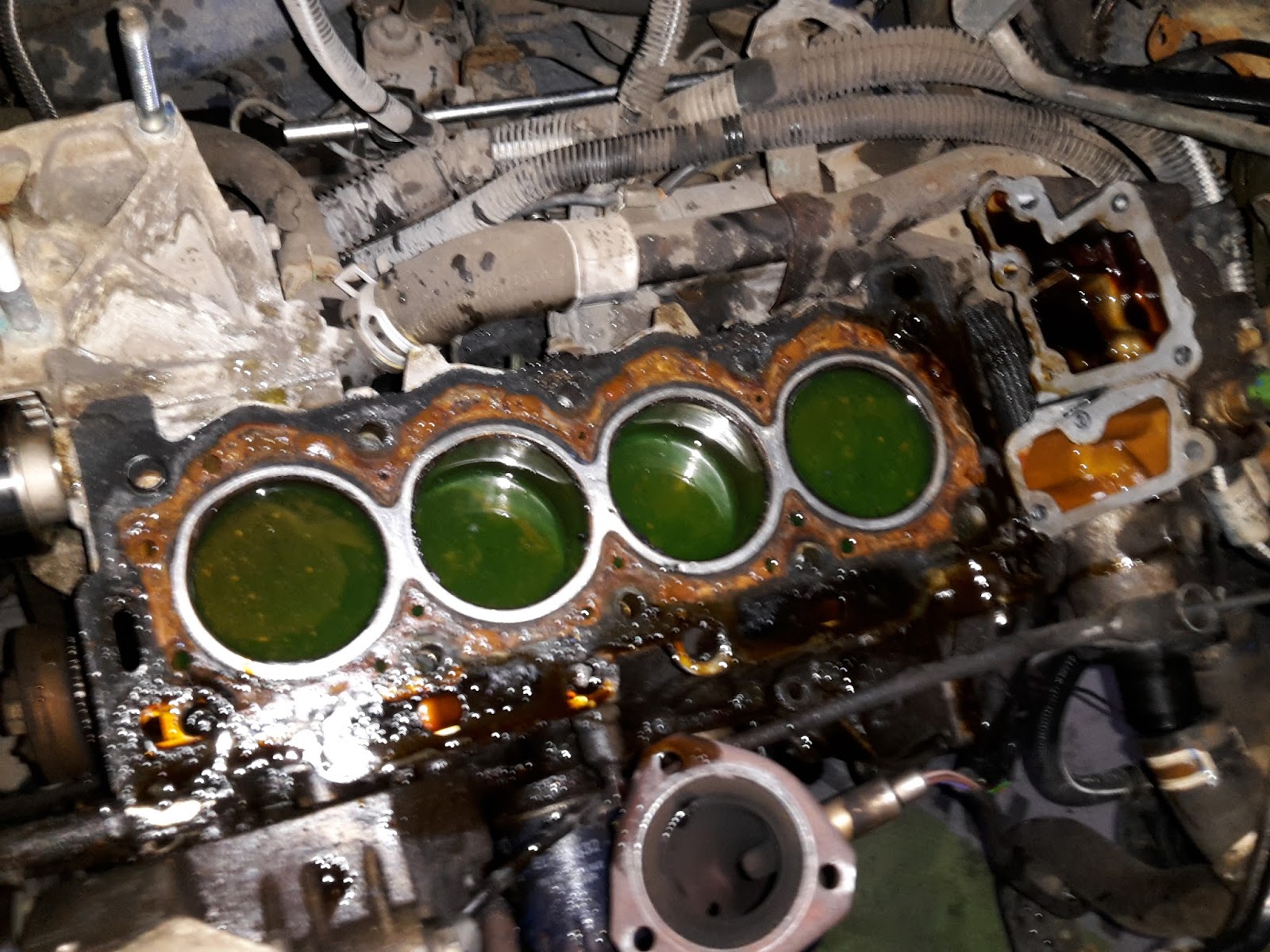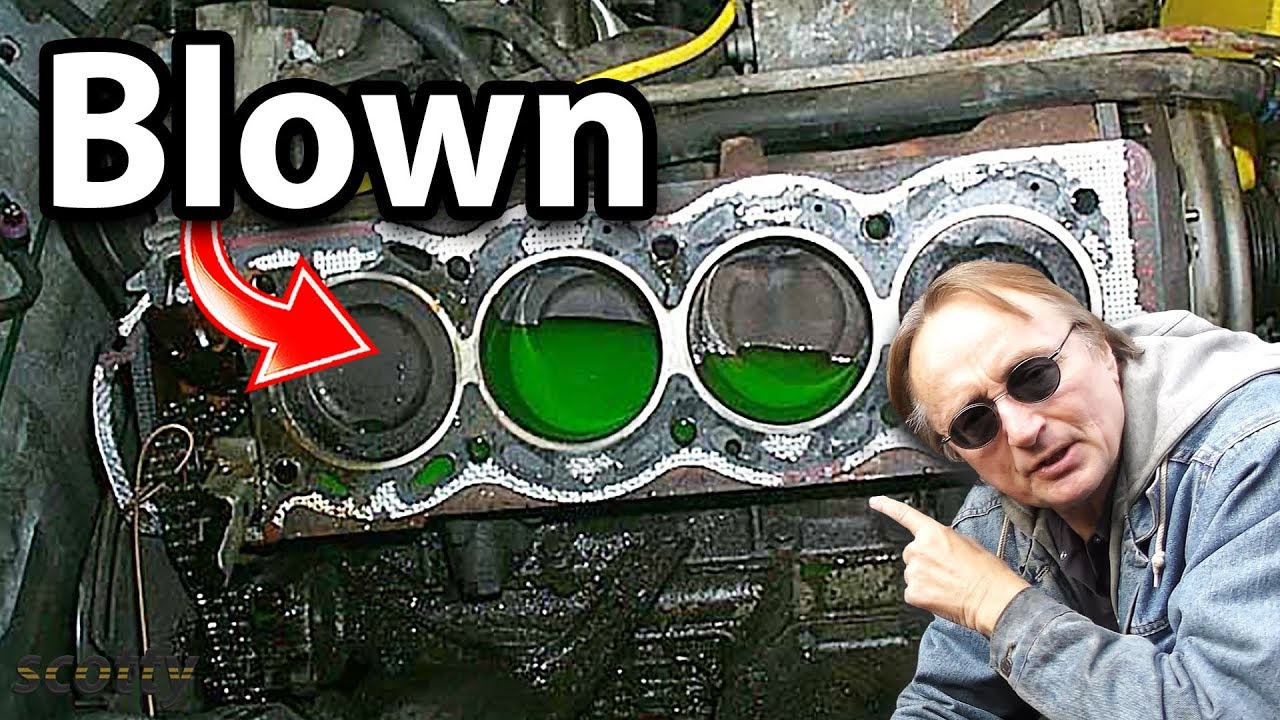Lots of issues might develop following the replacement of a head gasket since it is one of the most complex engine repairs you can undertake. We will go into resolving; for now, though, here is a complete list of all the problems.
Misfires, coolant-engine oil mixing, engine overheating, and random coolant leaks are the most prevalent issues following head gasket replacement.
Typical Issues Following Head Gasket Replacement
This section will go into greater depth on all of the typical issues following a head gasket replacement, as well as the reasons behind them. Afterwards, we will discuss the steps necessary to resolve each of those problems.
1. Misfires
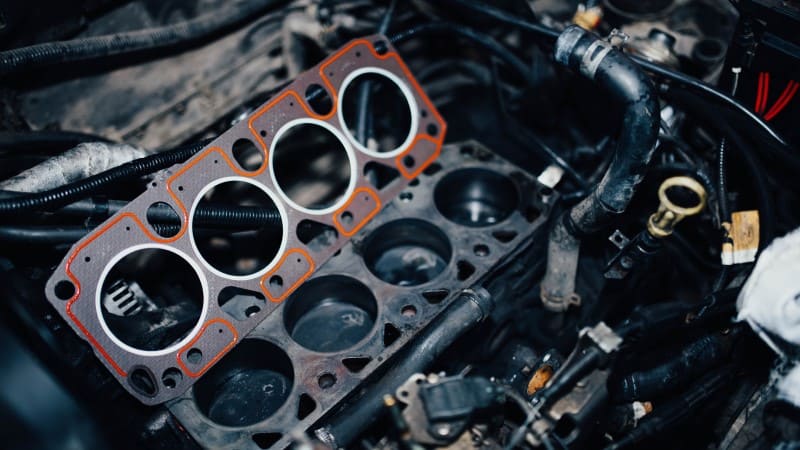
It is likely that a misfire has developed if your engine continues to run rough following the head gasket repair. If that’s the case, most people would say that the engine sound is like a lawn mower. In addition, there will be stuttering when accelerating, shaking while idling, and generally poor performance and fuel economy as well as an illuminated or flashing check engine light. Anyway, you can’t help but notice it.
Mismatched connectors are a second, less probable, source of misfires in these conditions. This indicates that you might have swapped the camshaft plugs, putting the exhaust camshaft into the intake and vice versa.
2. Oil and Coolant Mixing
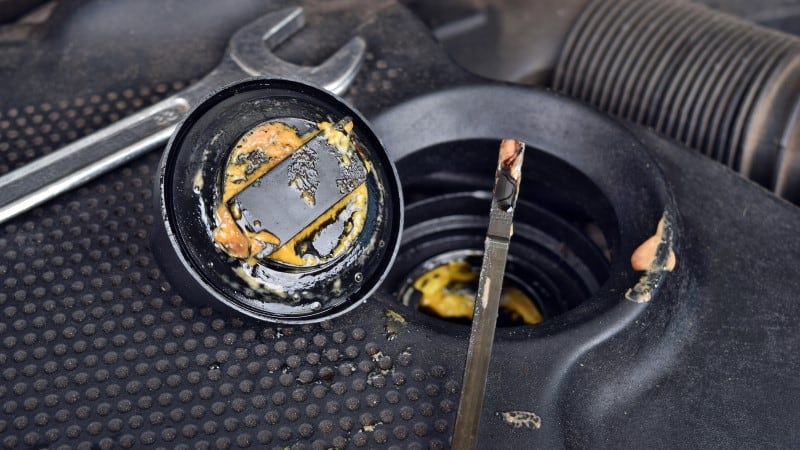
One of the most common signs of a blown head gasket is the mixture of coolant and oil, which is probably why you decided to replace it. Blue smoke, which is the combustion byproduct of the oil and coolant, would likely accompany the mixture of the two substances in the exhaust.
A head gasket that is either not placed properly or is oriented incorrectly is the primary reason for this. Second, a cylinder head that isn’t perfectly flat requires resurfacing after each head gasket replacement.
3. Coolant Leaks
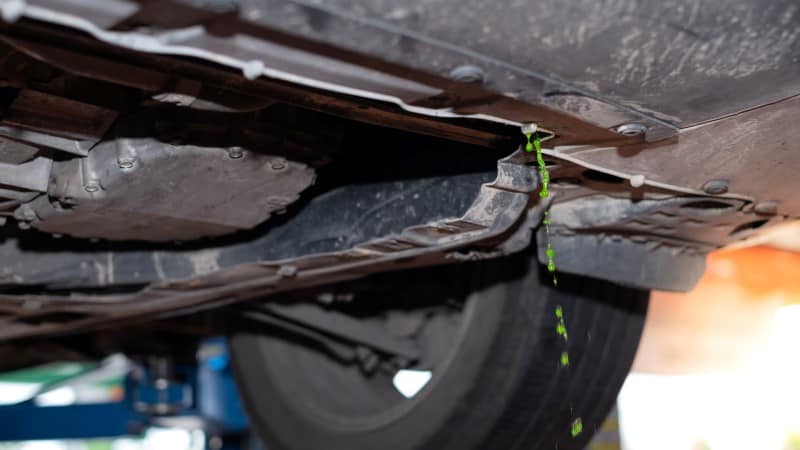
What we mean when we talk about coolant leaks is that it’s leaking outside of the engine, not into the combustion chamber. Due to the necessity of removing numerous coolant hoses, as well as the water pump and thermostat housing, a coolant leak can frequently occur following a head gasket repair.
4. Excessive Heat
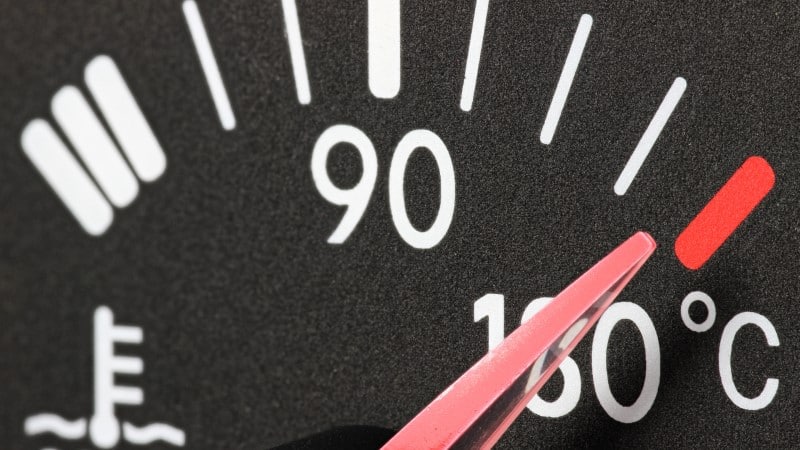
The frequency of overheating following a head gasket replacement is significantly lower than that of blown gaskets, however it is still a common symptom. The most common reason for this is when the coolant system is not properly bled, which allows air to enter the system. After changing the head gasket, your vehicle may still be overheating for a second reason: the thermostat may be blocked.
How to Fix the Issues Caused by Replacing the Head Gasket
Regarding the aforementioned possible issues, it’s worth noting that an individual lacking in car repair expertise would have a very hard time resolving most of them. If that’s how you roll, it’s probably advisable to get your automobile inspected so the experts can safely identify the source of each problem and correct it.
Misfires – Solutions
Camshaft timing is the primary reason for significant misfires following a head gasket repair, as we have previously said. Therefore, before doing anything else, make sure the timing belt is properly attached and, if necessary, reinstall it. You should change the timing belt while you’re there because a broken one will ruin the engine.
Oil and Coolant Mixing – Solutions
Regrettably, if the coolant is combined with oil, the sole remedy is to replace the gasket on the cylinder head once more. Be sure to inspect the cylinder walls for cracks after removing the cylinder head and send it for resurfacing. Those cracks are so tiny while they’re at room temperature that you’ll need to replace the engine if you find any. So, be careful and inspect closely.
Coolant Leaks – Solutions
First things first: once you replace the head gasket, make sure all of the clamps on the coolant hoses are secure. Hoses and gaskets for the radiator, the thermostat housing, the cylinder head, and so on are all examples of such components.
Additionally, it is recommended to check for leaks when the engine is hot and running, as this is when the leak will be most noticeable. Once you’ve located the source of the leak, you may either retighten the hose or replace it if it’s damaged. If the leak is coming from a gasket or O ring, you can also replace it.
Excessive Heat – Solutions
After replacing the head gasket, bleeding the coolant system should be your first order of business. To correctly drain the coolant, you must follow the specific instructions that come with your vehicle model. If you want to know if your vehicle has them, you can either look for a repair manual that details the process step by step or ask a query in a good model-specific forum.
But if you’re sure the bleeding operation went well, it’s probably not a bad idea to replace the thermostat or check its functionality. However, since thermostats are usually less than $50 and easy to change, I’d choose the first choice.
Brief Wrap Up
Overheating, external coolant leaks, misfiring, and coolant getting into the engine oil are the most prevalent issues following a head gasket replacement. Because they are addressed outside, misfiring and external coolant leaks do not constitute major issues. Nevertheless, the remaining issues suggest that the replacement head gasket is flawed, necessitating its replacement once more.


